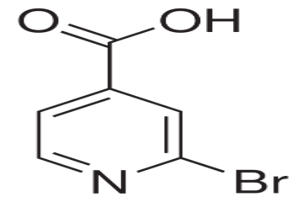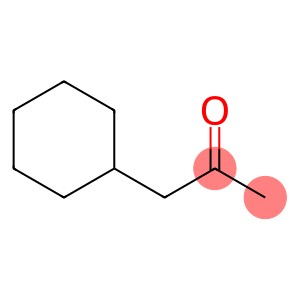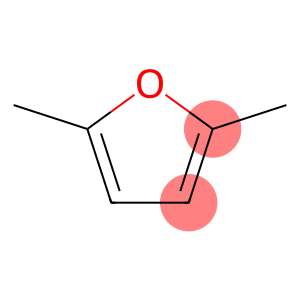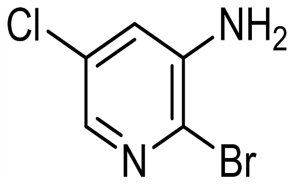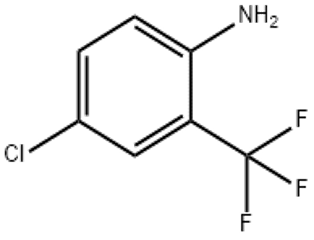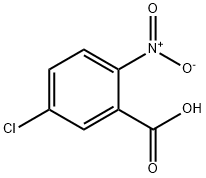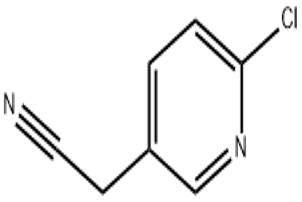2-Bromopyridine-4-carboxylic acid(CAS# 66572-56-3)
| Hazard Symbols | Xi – Irritant |
| Risk Codes | 36/37/38 – Irritating to eyes, respiratory system and skin. |
| Safety Description | S26 – In case of contact with eyes, rinse immediately with plenty of water and seek medical advice. S36 – Wear suitable protective clothing. S36/37 – Wear suitable protective clothing and gloves. |
| WGK Germany | 3 |
| HS Code | 29333990 |
| Hazard Note | Irritant/Keep Cold |
| Hazard Class | IRRITANT |
Introduction
2-Bromoisoniacin, also known as 2-bromopyridine-4-carboxylic acid, is an organic compound. The following is an introduction to the properties, uses, preparation methods and safety information of 2-bromoisoniacinic acid:
Quality:
- Appearance: 2-Bromoisoniacinic acid is a white or off-white crystalline solid.
- Solubility: It can be dissolved in organic solvents such as water, ethanol, and ether.
- Chemical properties: It can undergo alkaline hydrolysis reactions under alkaline conditions to produce corresponding bromopyridine compounds.
Use:
- It can also be used as a dye intermediate in the synthesis of dyes and pigments.
Method:
- A common preparation method for 2-bromoisoniacinic acid is obtained by reacting 2-picolinic acid with thionyl bromide. Mix 2-picolinic acid and sulfoxide in an appropriate solvent and add a certain acidic catalyst. Then, thionyl bromide is slowly added, and the reaction takes place. The reaction solution was properly treated and purified to obtain a 2-bromoisoniacinic acid product with high purity.
Safety Information: It is an irritating substance that may cause irritation and discomfort in contact with the skin, eyes, or respiratory tract. Appropriate personal protective equipment such as gloves, glasses, and face shields should be worn when in use.
- When handling 2-bromoisoniacin, avoid inhaling its dust or vapors. After treatment, contaminated areas and equipment should be thoroughly cleaned.
- Proper storage of 2-bromoisoniacin, it should be kept in a dry, cool and well-ventilated place, away from ignition and oxidants. Store separately from combustibles, acids and reducing agents.
- In case of accidental inhalation, exposure to, or ingestion of 2-bromoisoniacin, seek medical attention immediately and bring the instructions or label of the product in question.


